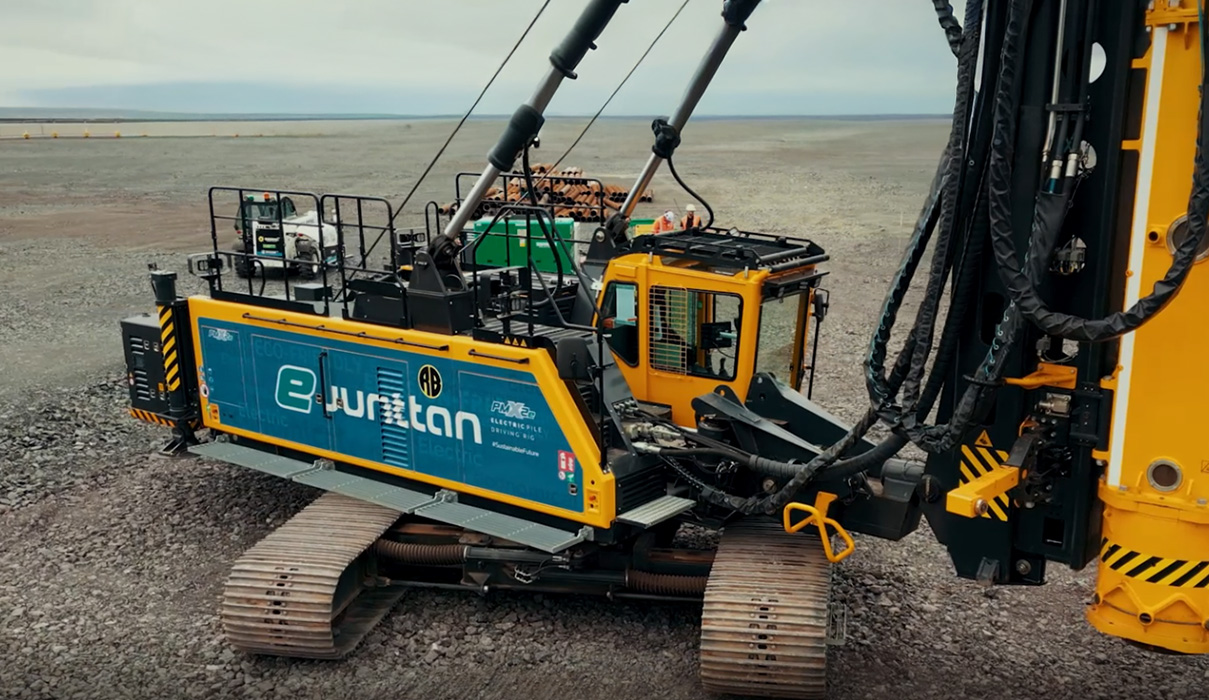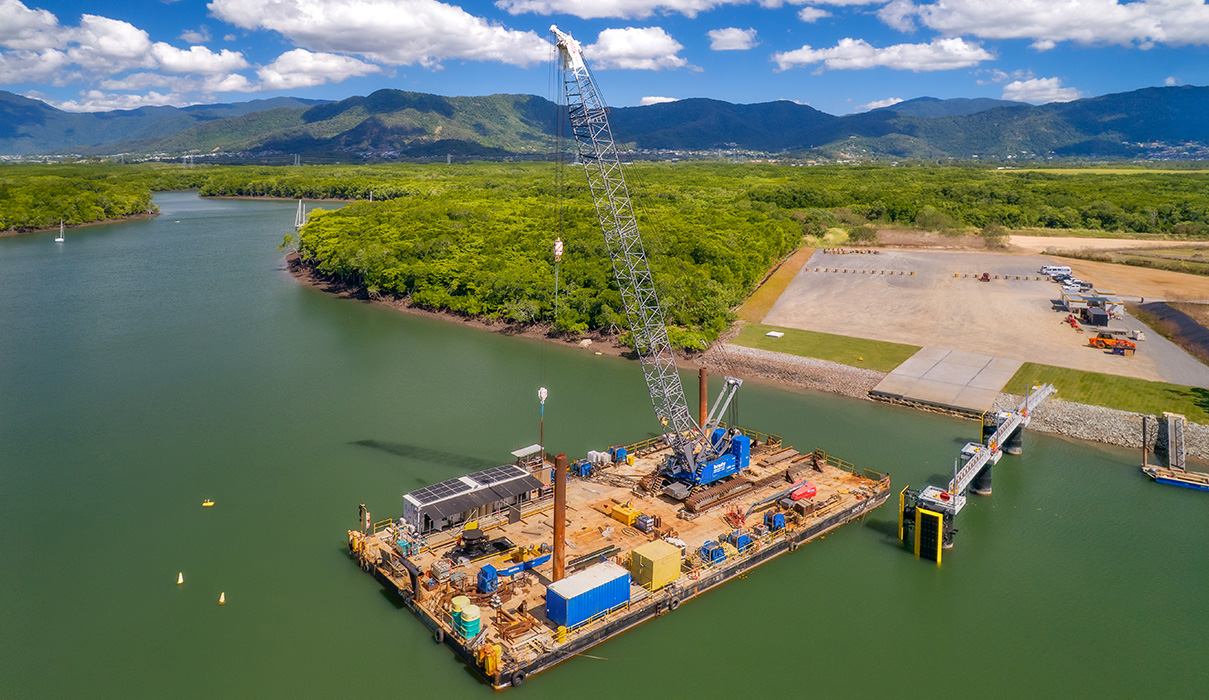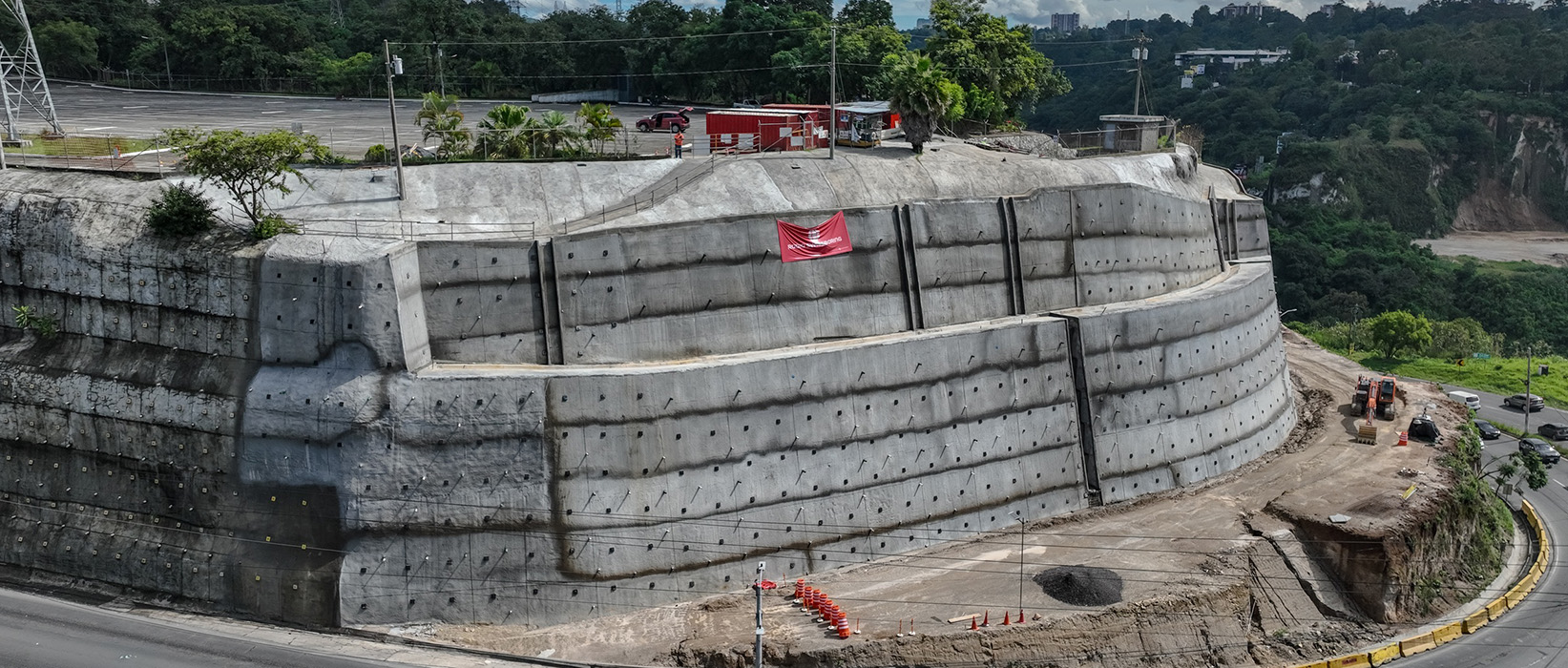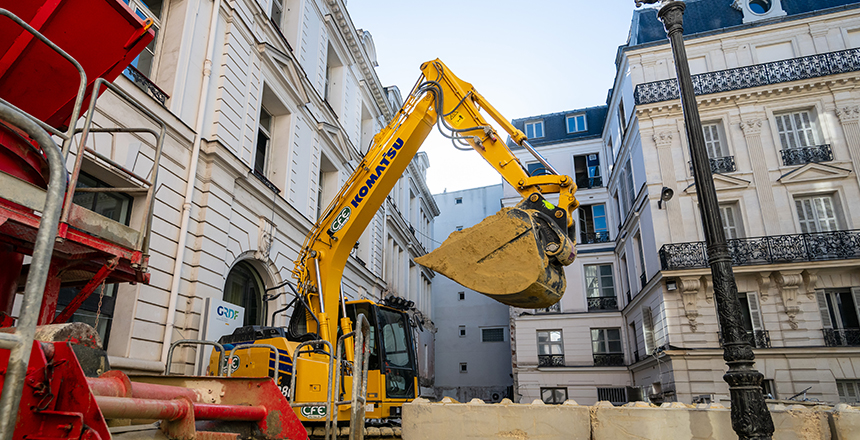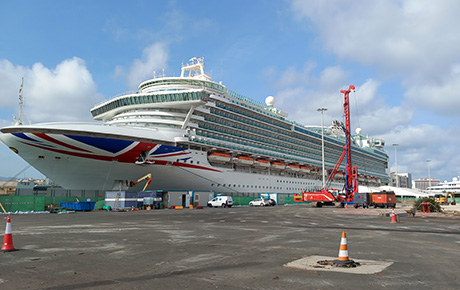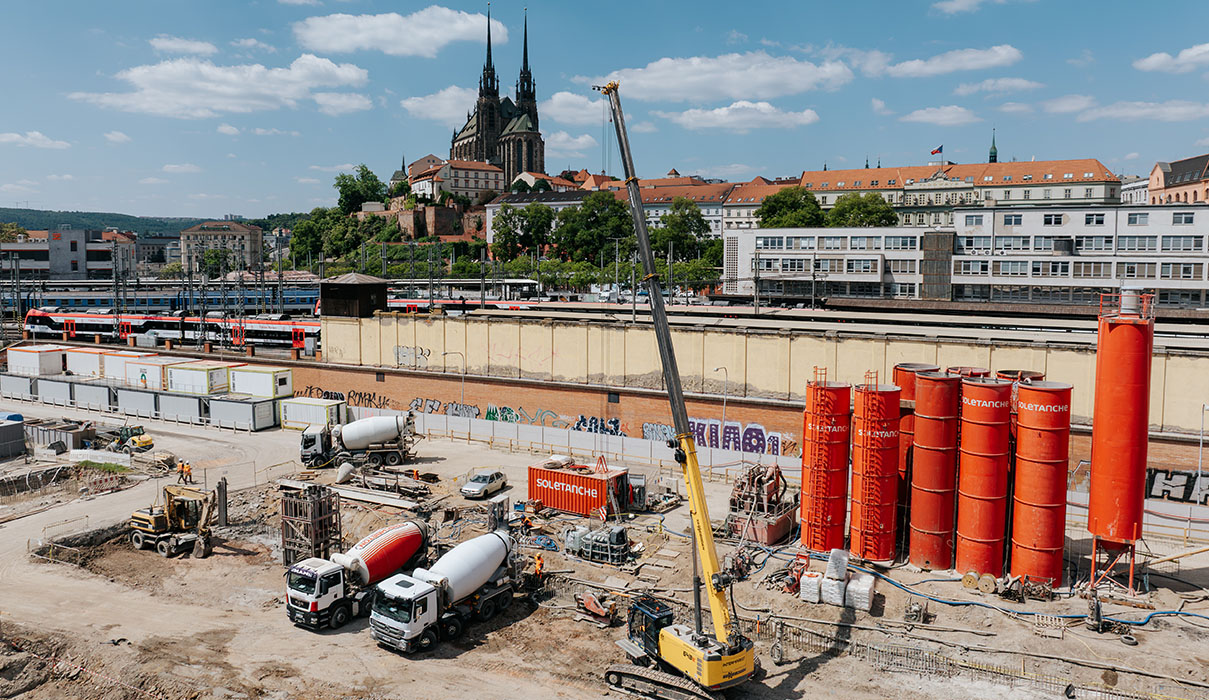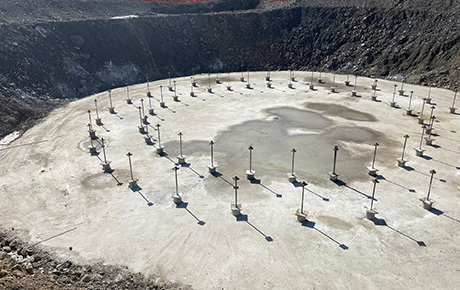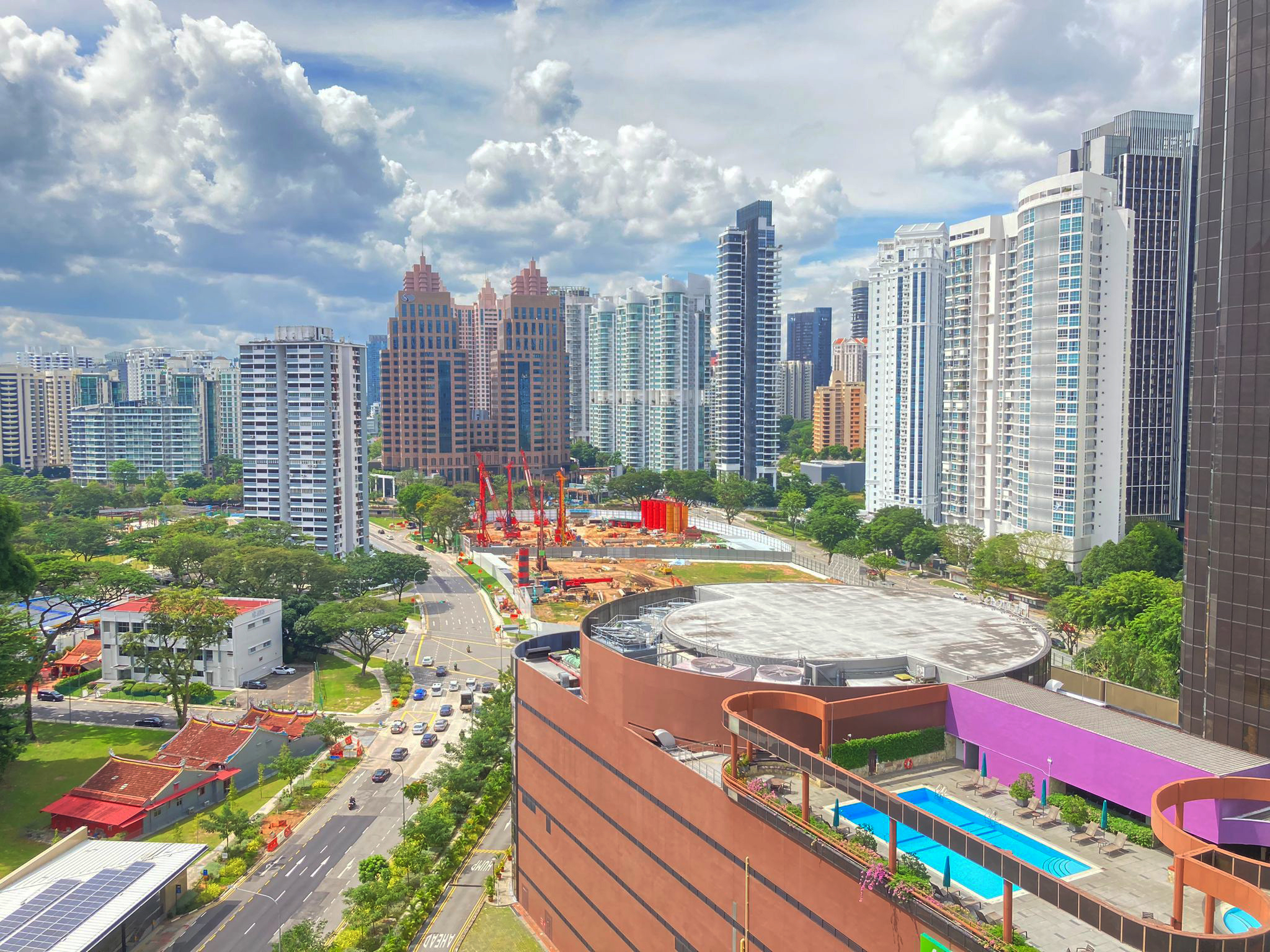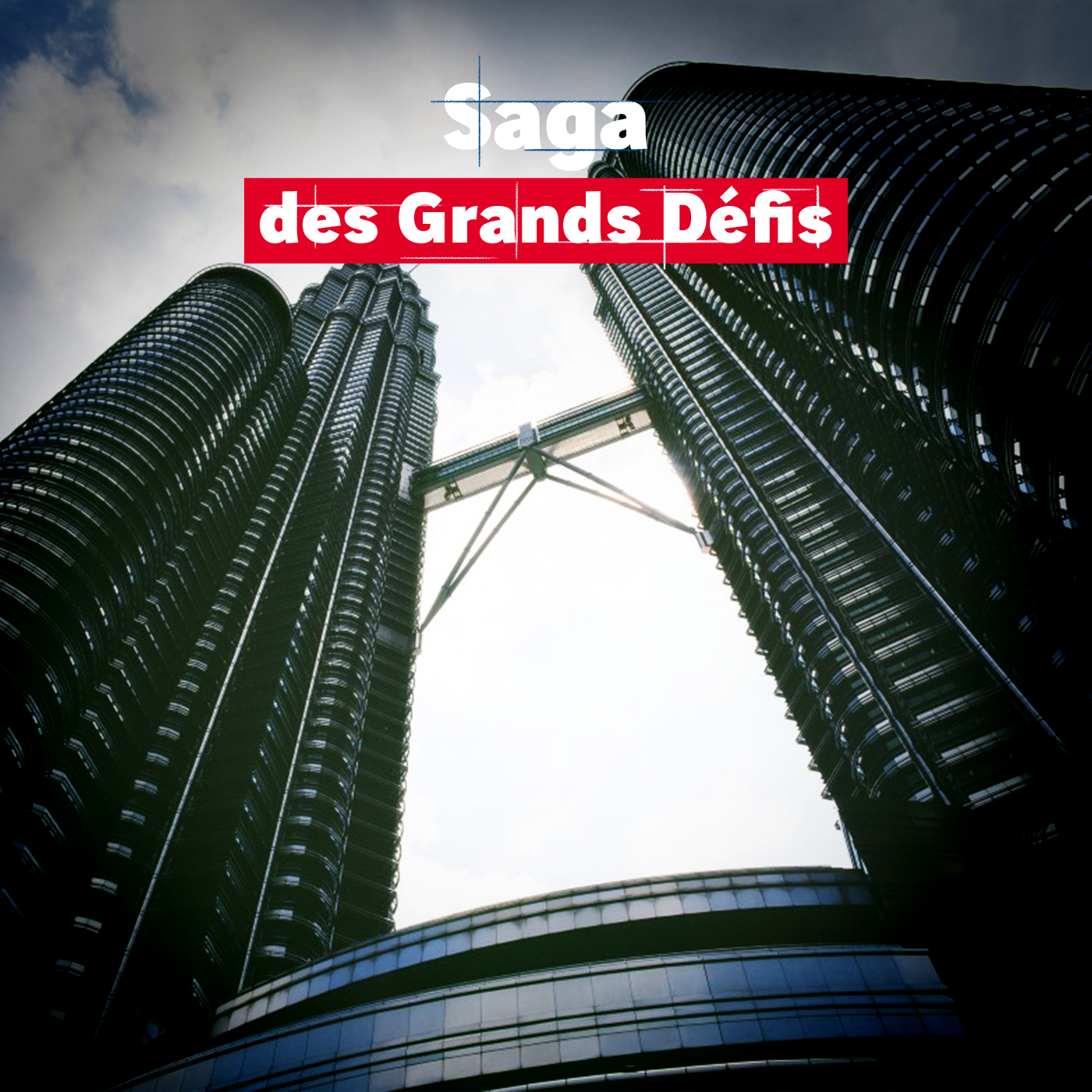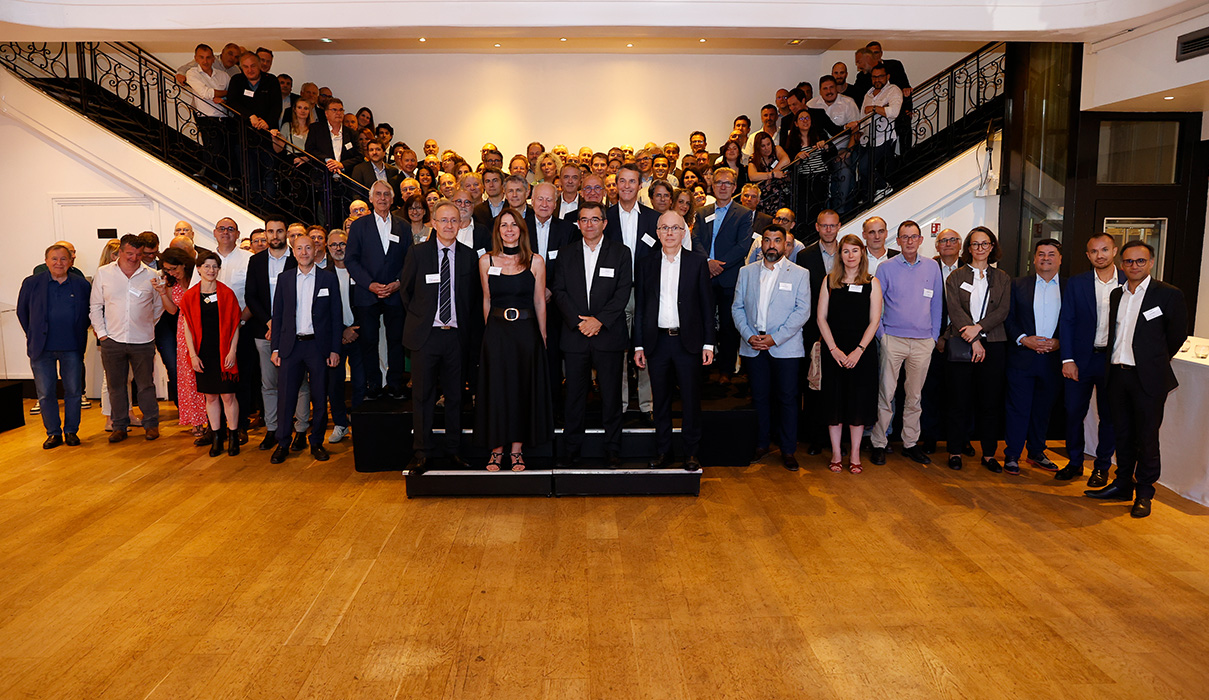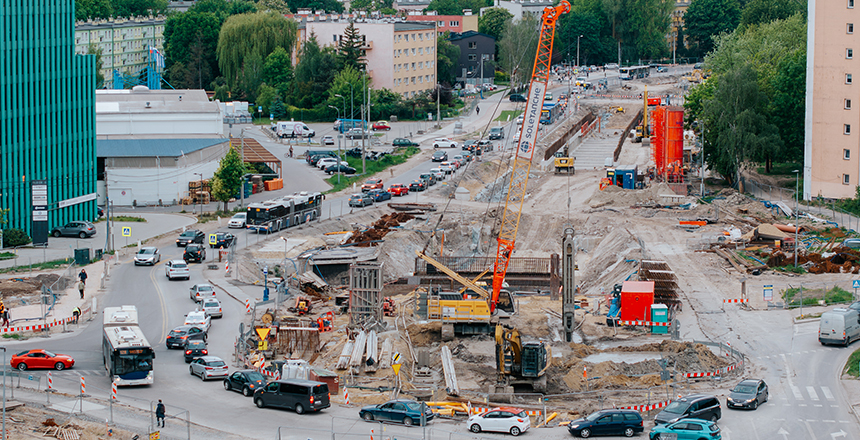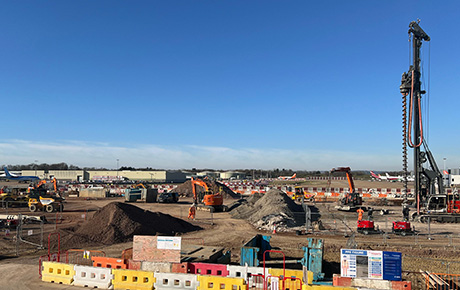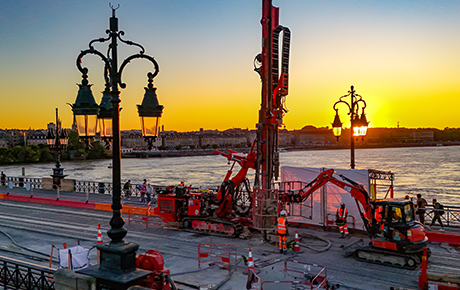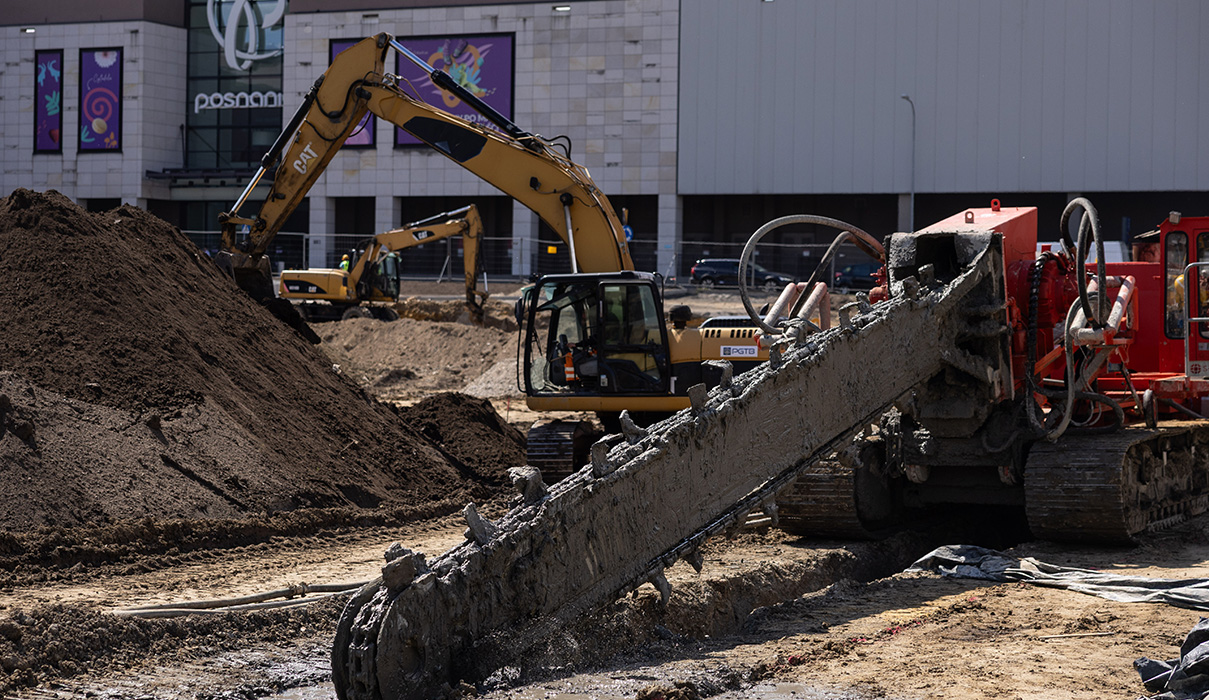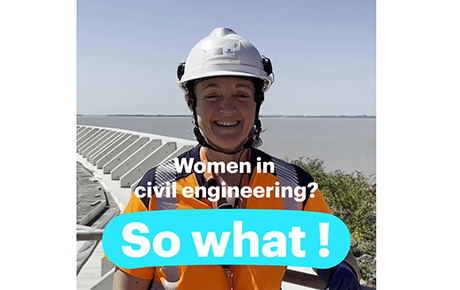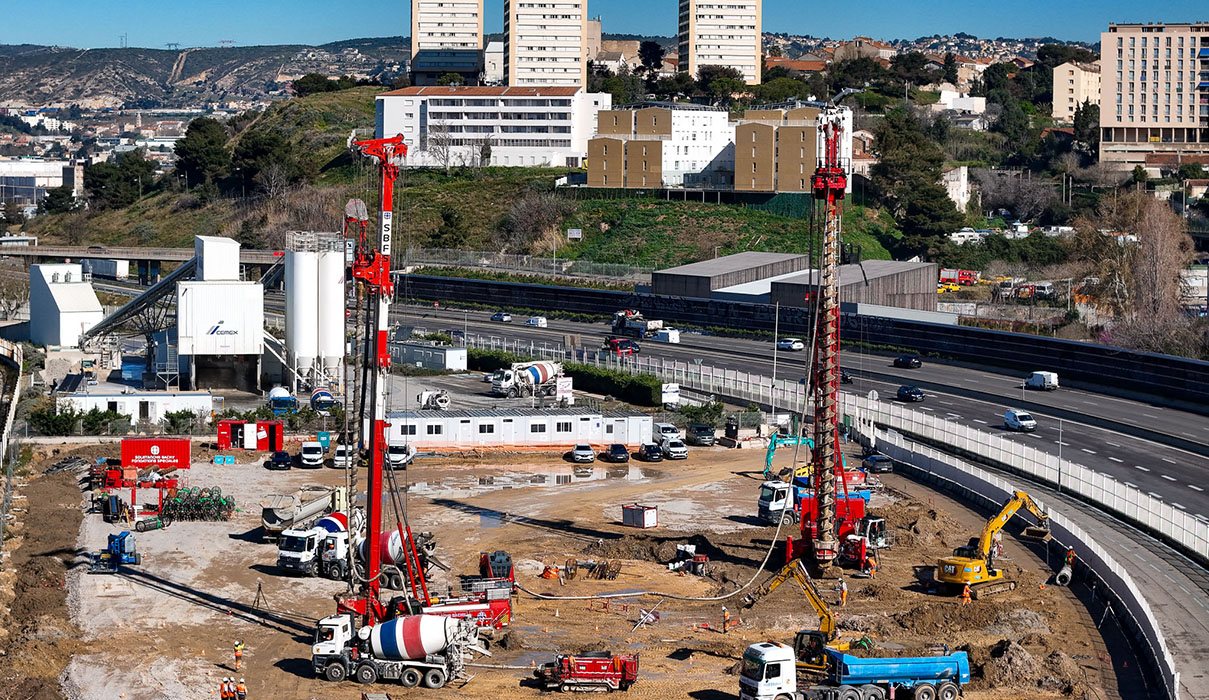November 8th, 2021
Soletanche Bachy brings its expertise to water and sewerage projects | Part 4: Water treatment and discharge
In this last episode, find out about a crucial step in protecting public health: the treatment and discharge of wastewater into the natural environment.
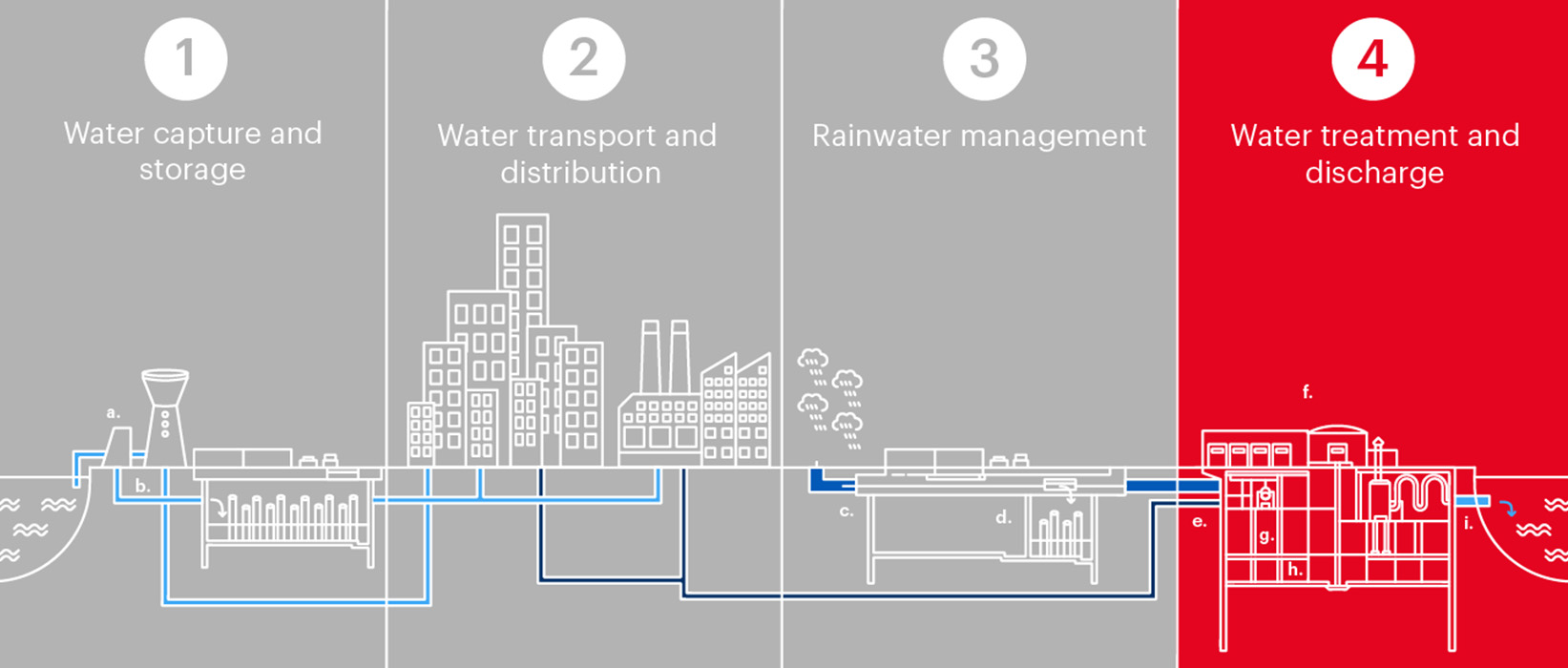
This is where our saga covering the various stages in a collective water and sewerage network comes to an end. Having already learned about collection wells, storagetanks, sewers, pipework and rainwater management, in this last episode you will find out about a crucial step in protecting public health: the treatment and discharge of wastewater into the natural environment.
It is essential to ensure the quality of this discharged water, which has been used for our domestic or industrial consumption. To clean it, our subsidiaries therefore build wastewater treatment plants all over the world, on the surface and underground, of all types and capacities.
Treating wastewater
Expansion of a water treatment plant in Canada to treat the equivalent of the consumption of one million people.
This programme to expand the Annacis Island wastewater treatment plant in Canada is a large-scale project in which Bessac, our subsidiary specialising in tunnels and the manufacture of tunnel-boring machines, is participating as part of a consortium with Pomerleau.
The aim is to provide a treatment capacity of 175 million cubic meters per year, or the equivalent of the consumption of one million people! The project, funded by the Metro Vancouver Regional District and covering 21 municipalities, an electoral district and a First Nation (Canadian indigenous people) is expected to be delivered by mid-2024.

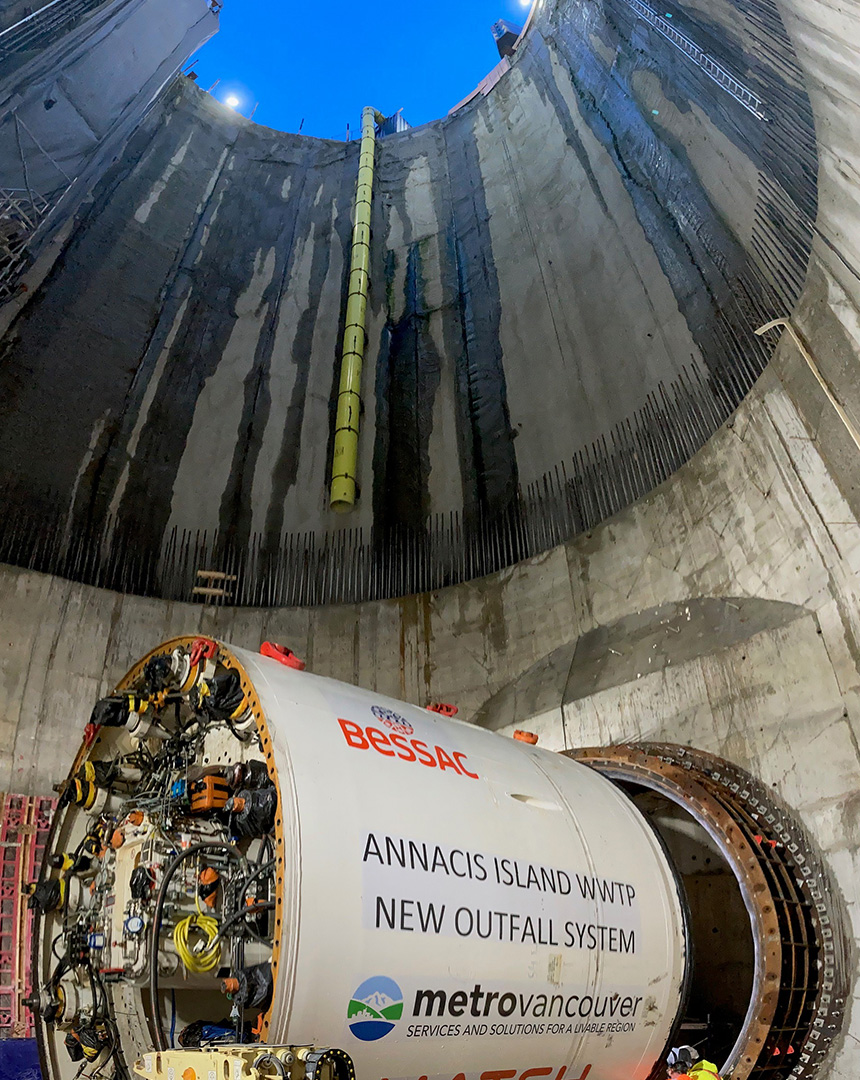
The contract includes several key parts of a sewerage network:
- two 40m-deep access shafts with diameters of 18m and 9m respectively (internal diaphragm walls),
- two tunnels, 580m and 200m long, with an internal diameter of 4.2m and lined in prefabricated segments,
- a riser in the Fraser River
- Refurbishment of the existing diffuser following commissioning of the new 280m-long, 2.5m diameter diffuser buried in the riverbed
- As well as the construction of a new water control system connected to the existing structures
What happens to the water after it has been treated by the station?
Once the water has been treated, it is discharged into the sea or into rivers via outfalls equipped with diffusers to dilute the discharged water over a large area.
In Morocco, in Rabat, the Solsif and Bessac teams have again contributed their expertise to the construction of a marine discharge system by building an outfall including:
- A 12m-diameter, 22m-deep shaft using the traditional method, in rock protected by grouting (tab and plug).
- An 800m tunnel, built using a slurry pressure balance micro-tunnel boring machine, 2.6m in diameter, discharging at sea.
- A 300,000m3 marine berth created by rock excavation using a shaped charge.
Our expertise to support water and sewerage projects
Via our worldwide subsidiaries with expertise in foundations and soil technologies, Soletanche Bachy is involved at every stage of water management, through the construction and maintenance of water distribution structures and the sewerage network. These can be delivered “turnkey”, from the design and execution of the foundations to the civil engineering works and finishing.
We hope you enjoyed this collective water and sewerage network saga.
We wanted to show you our involvement in the construction of these virtuous structures that are vital to public health and preservation of the environment.

